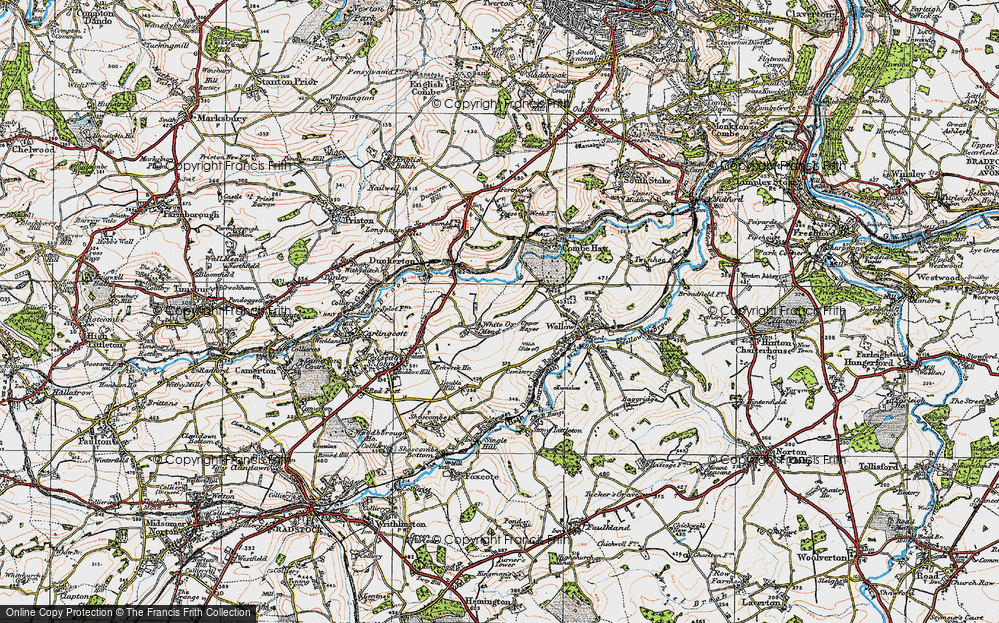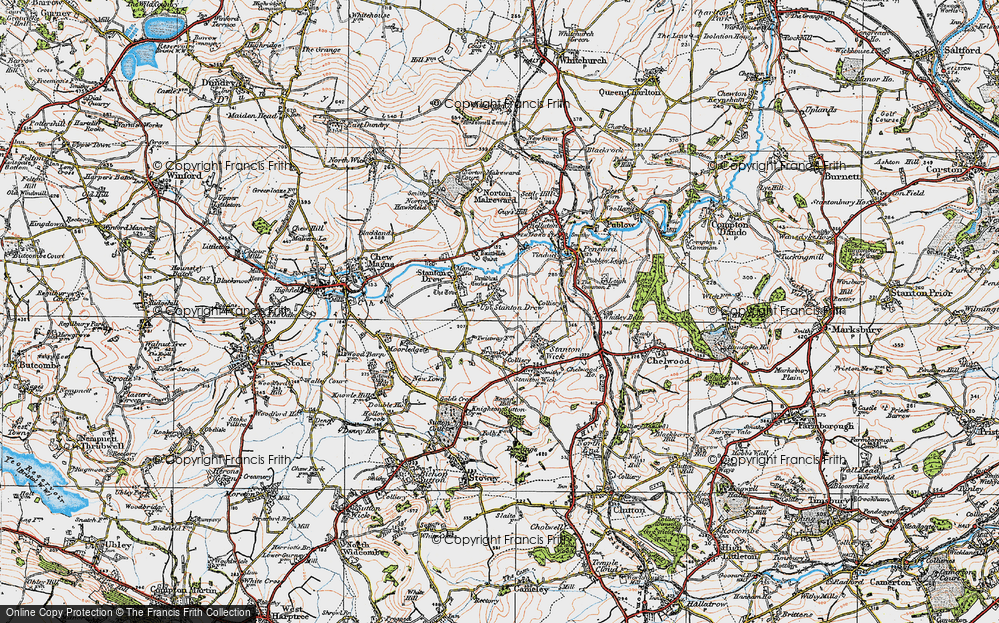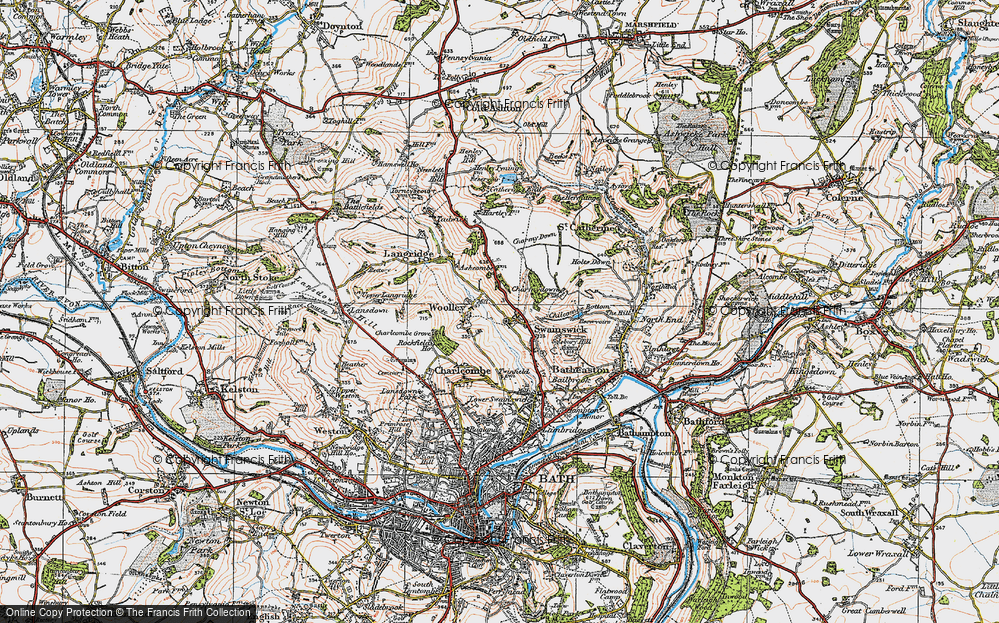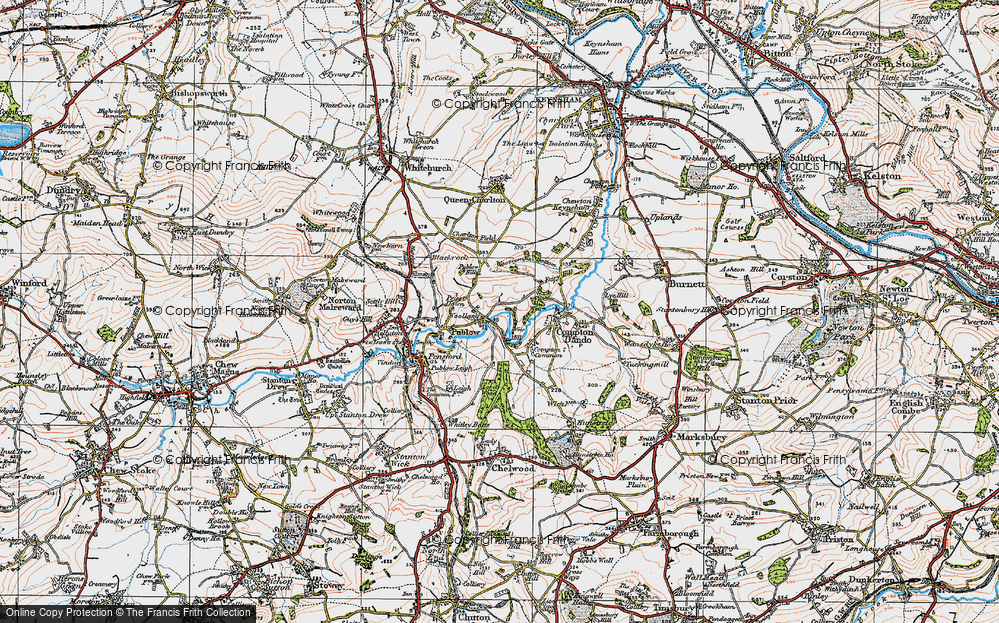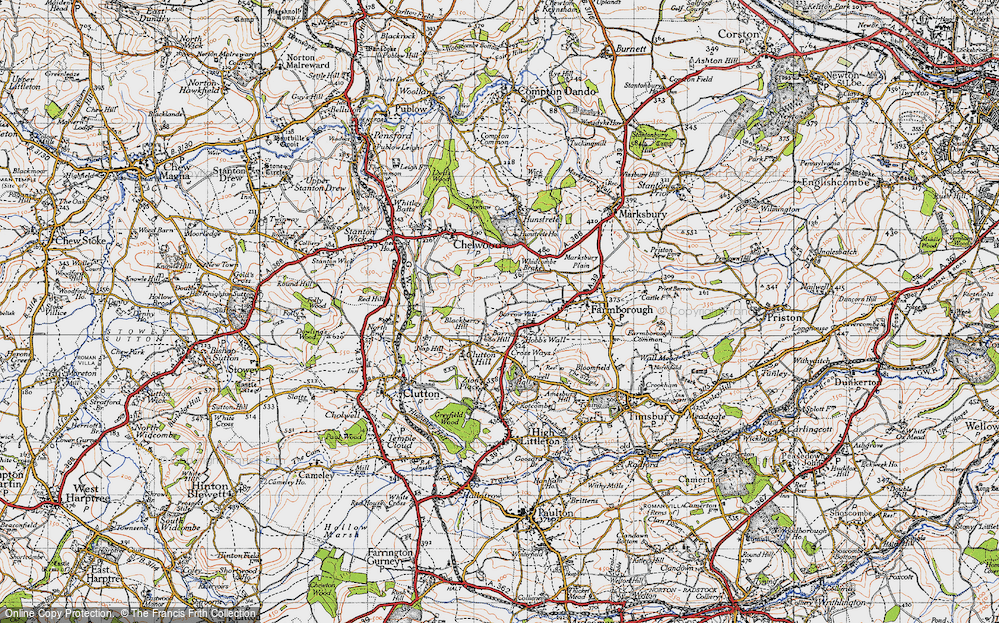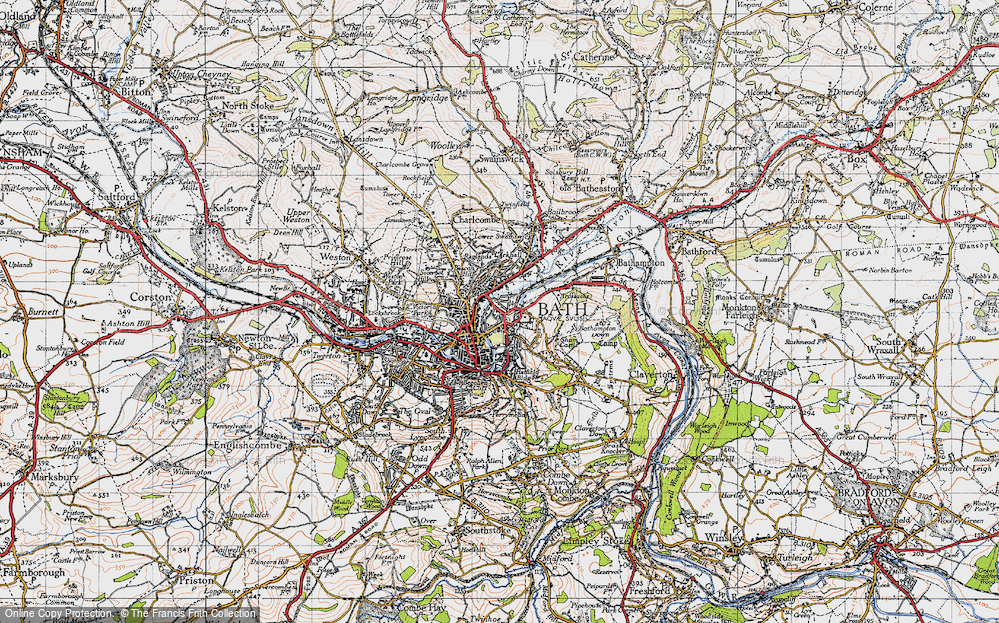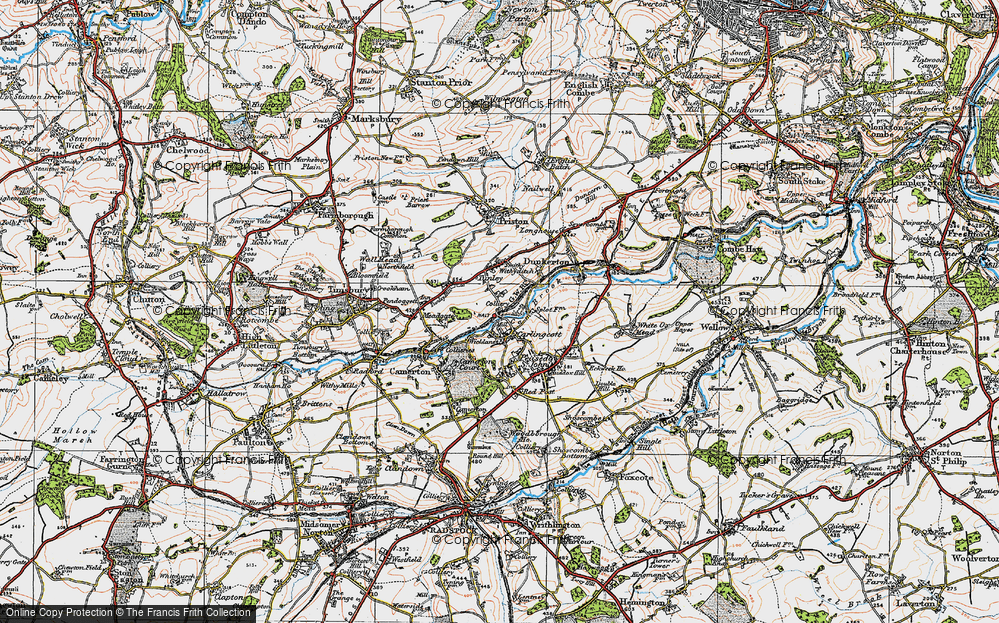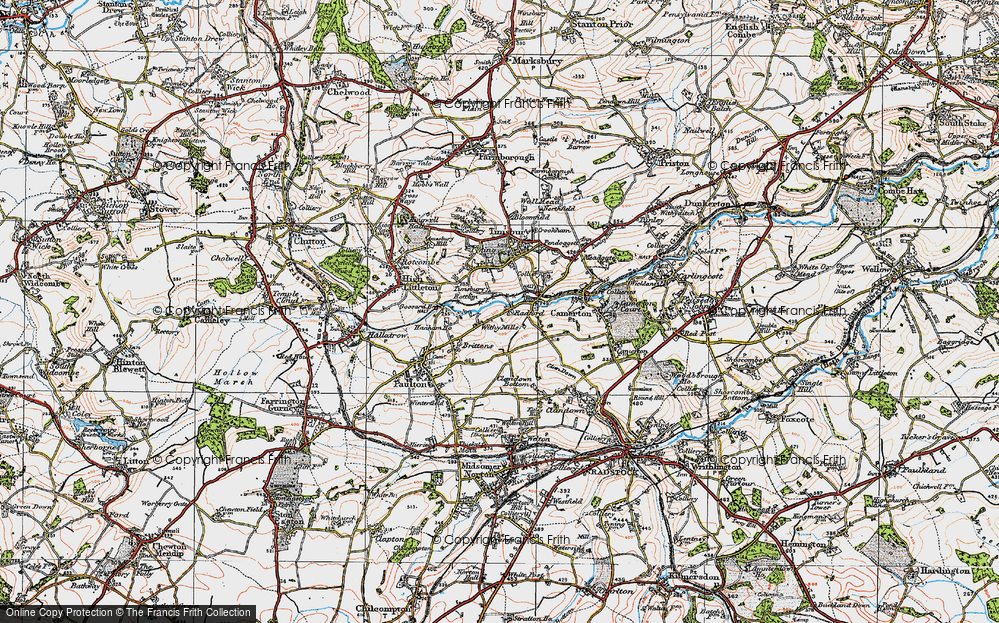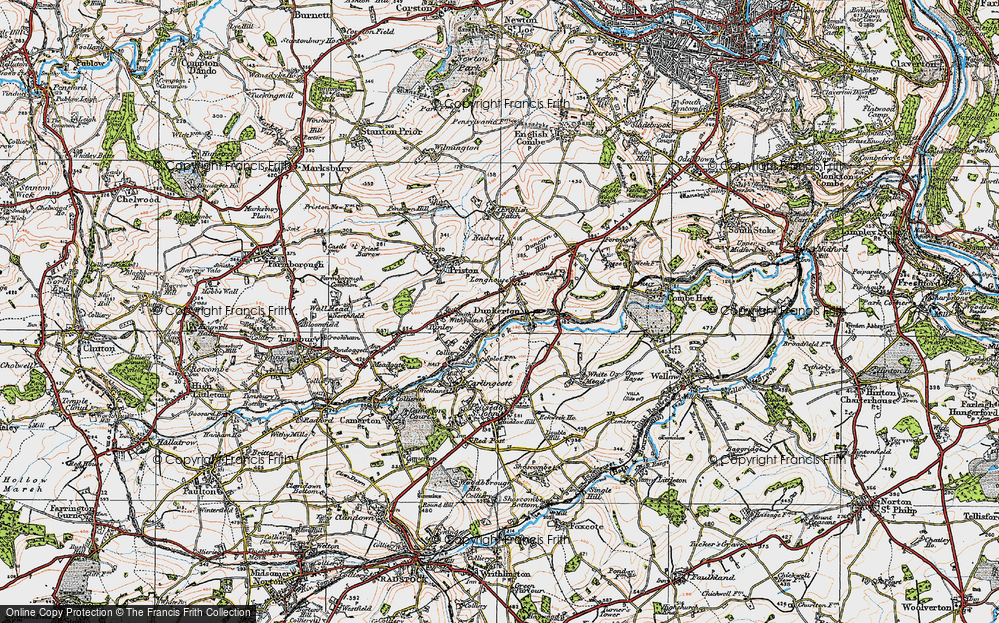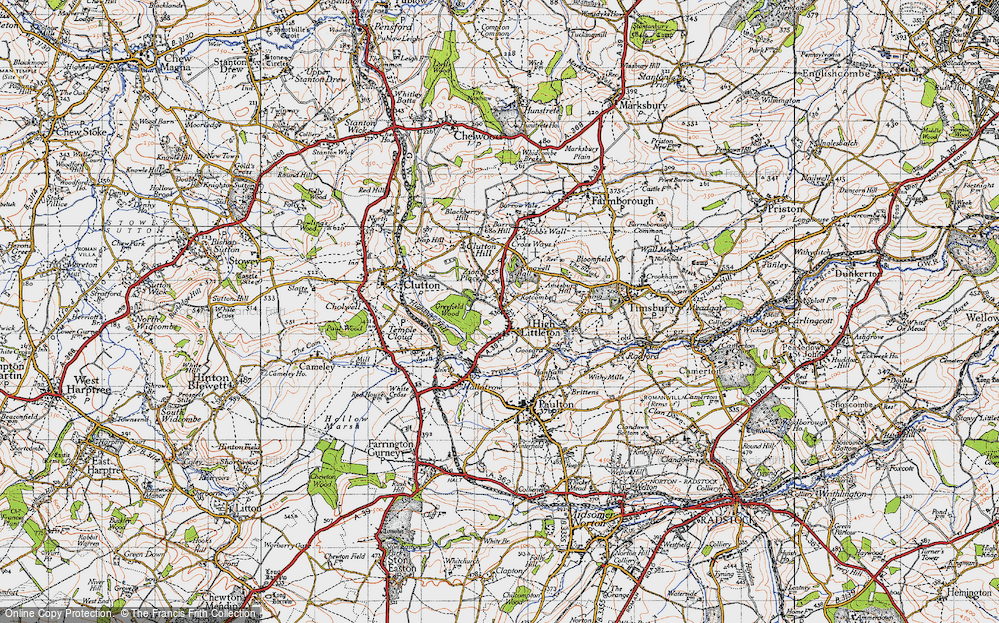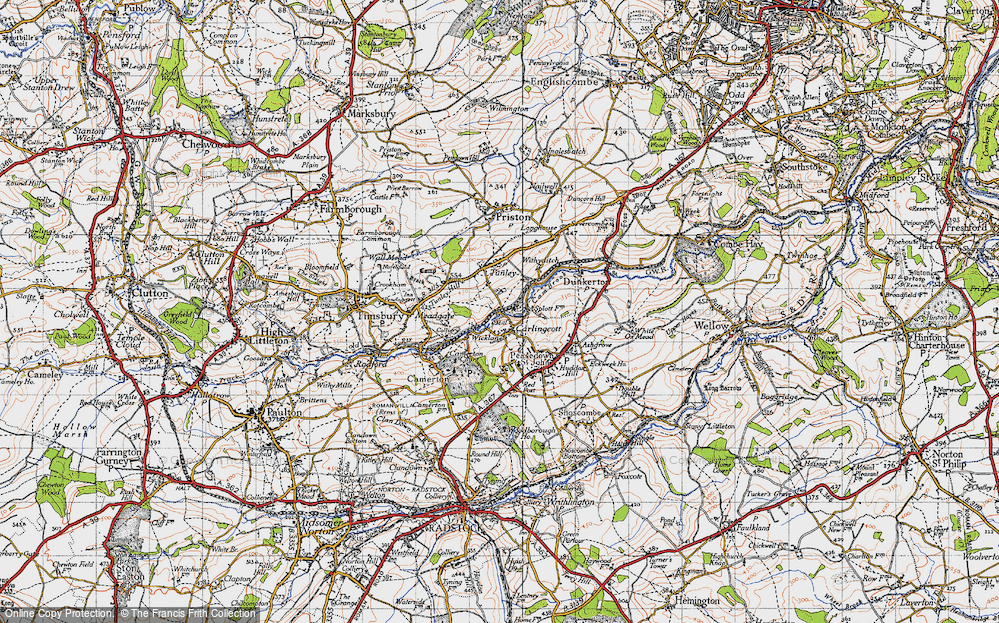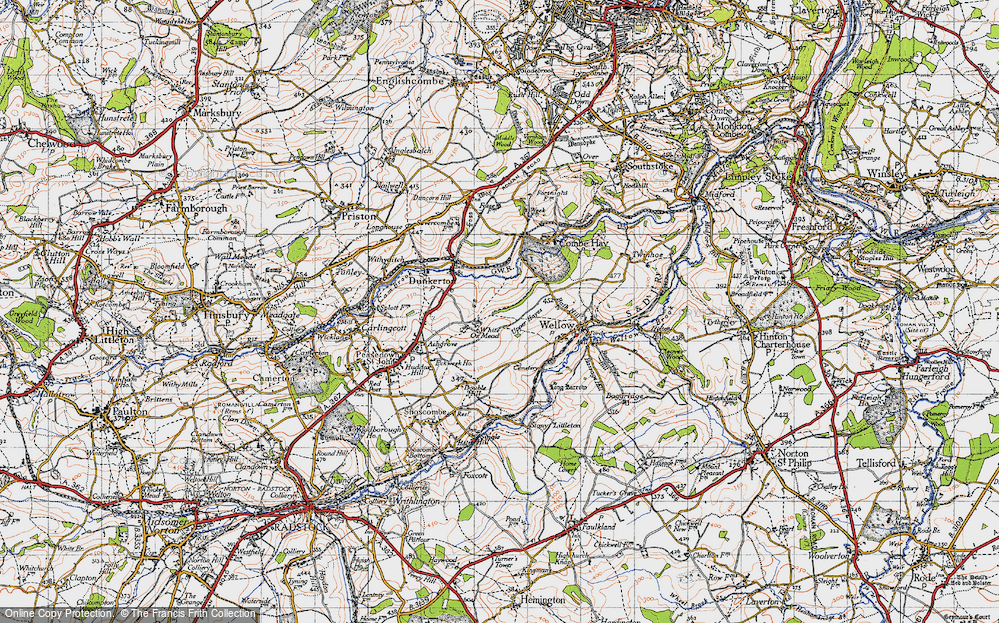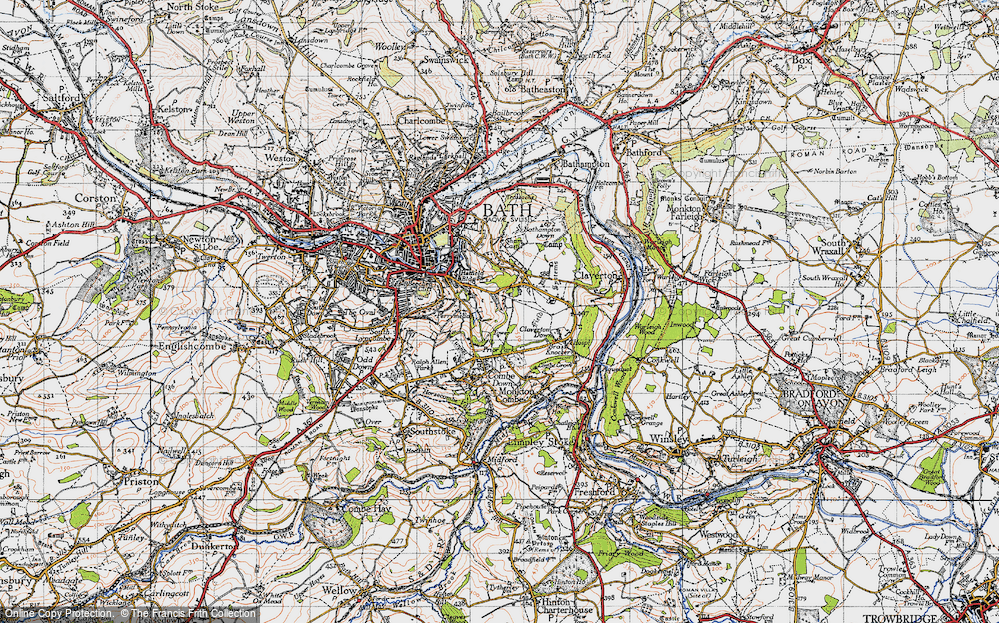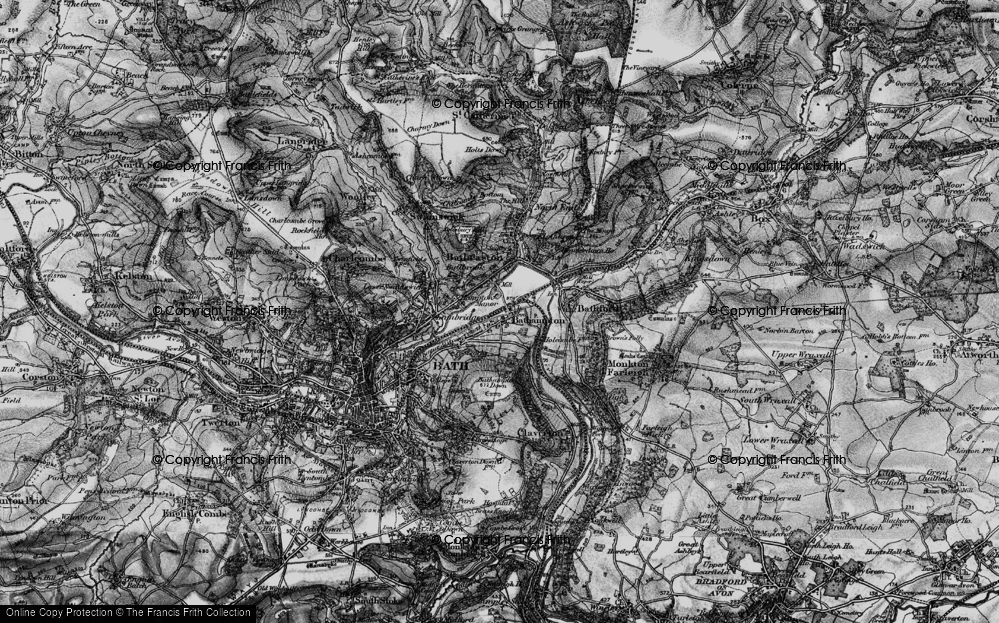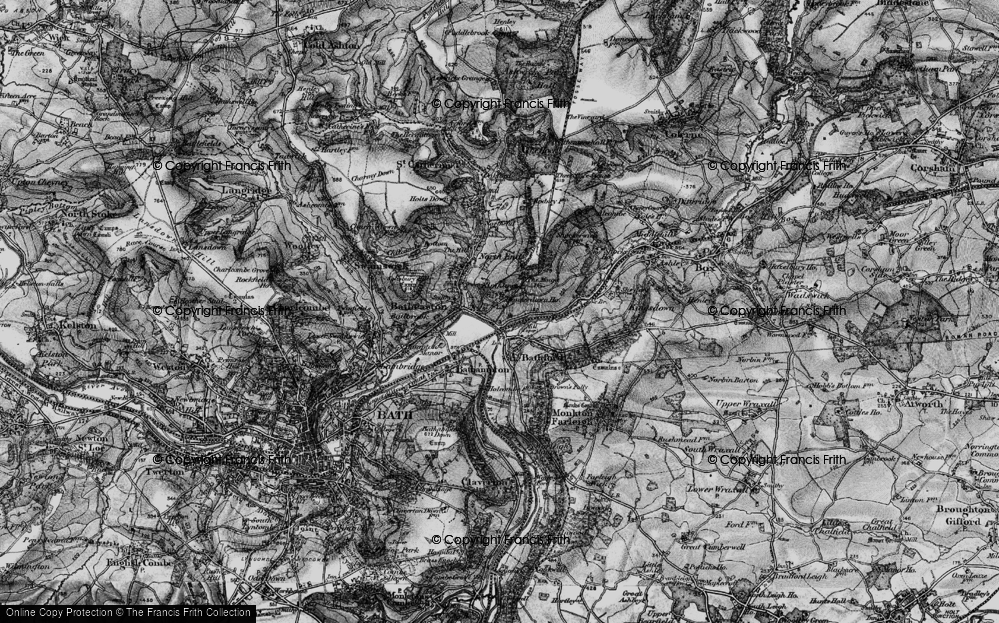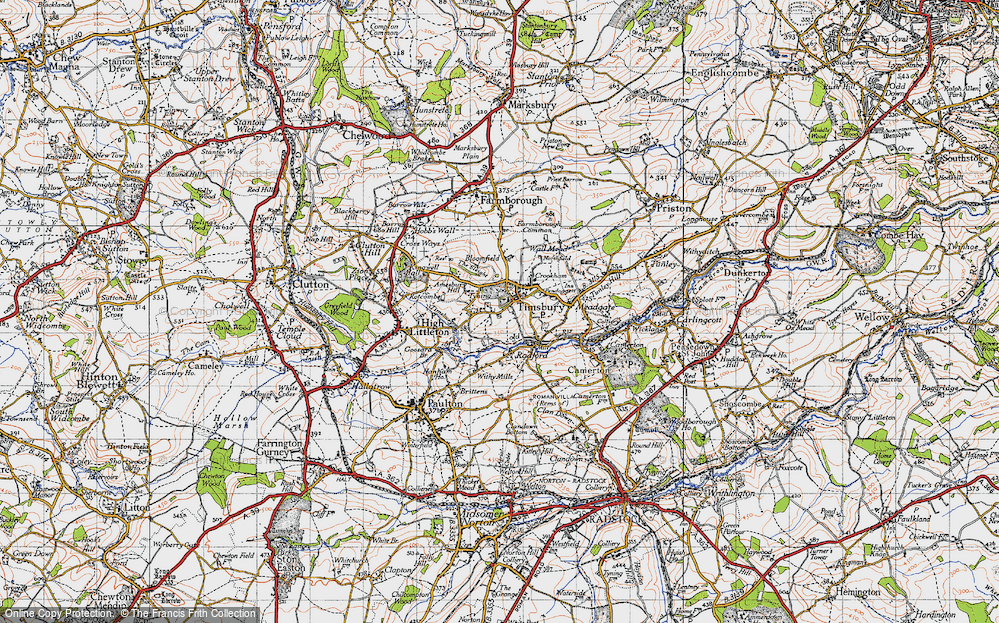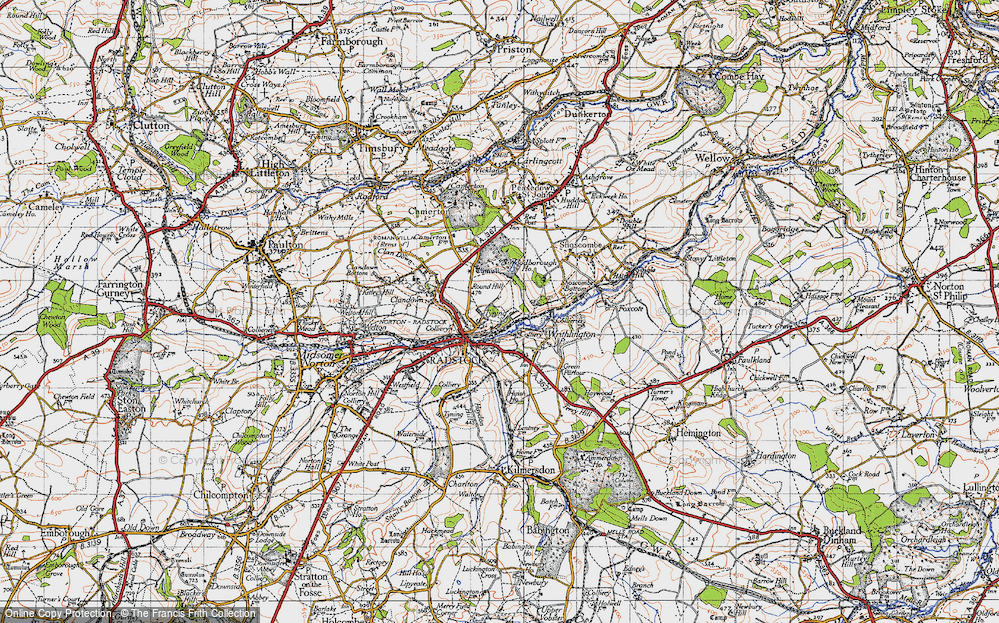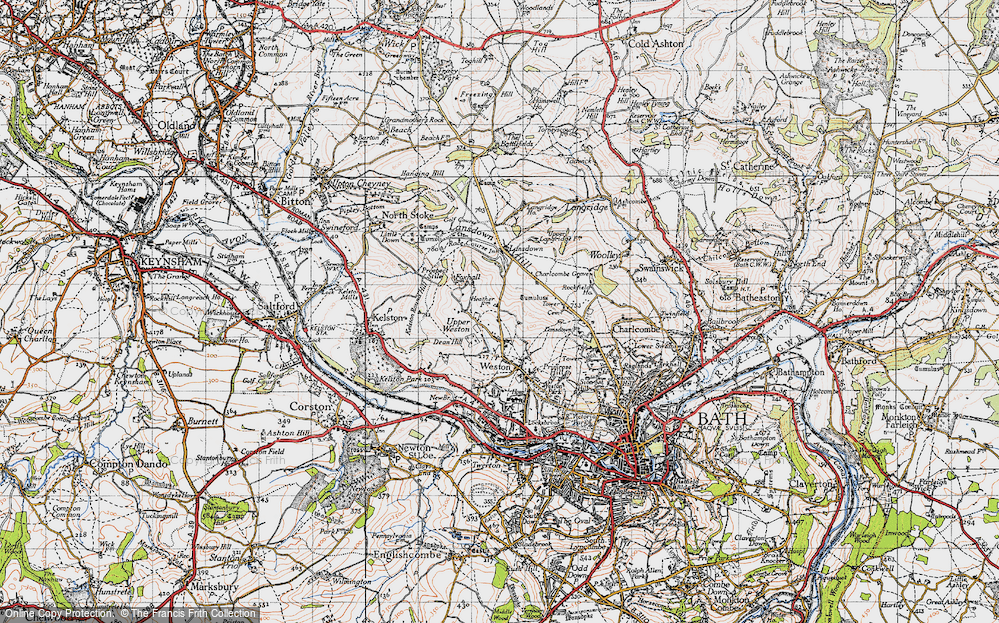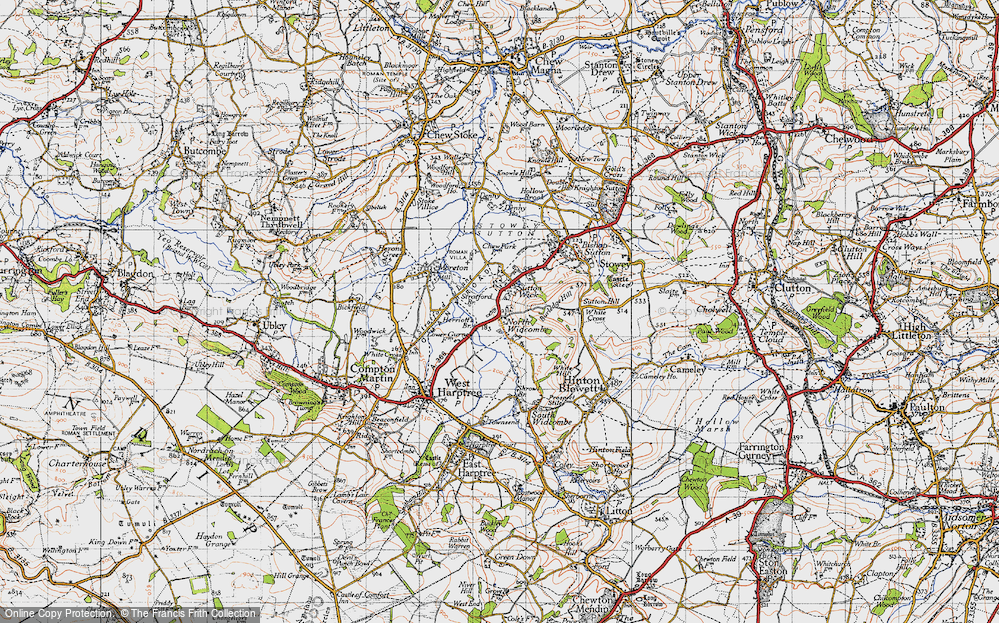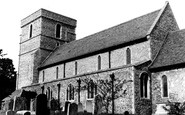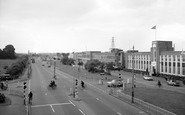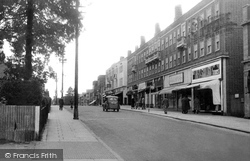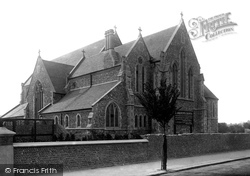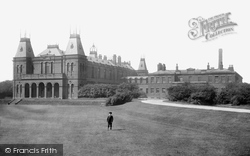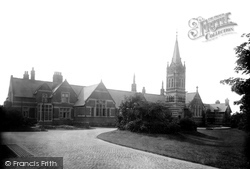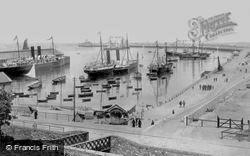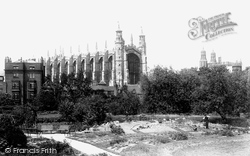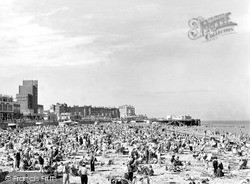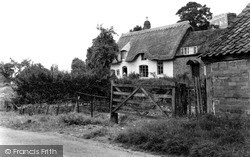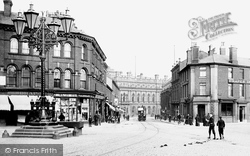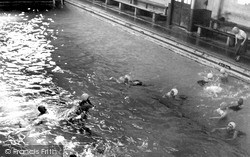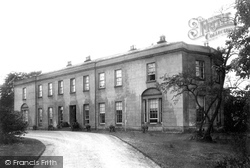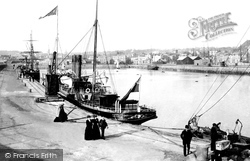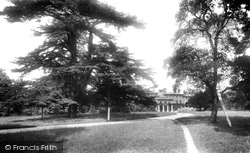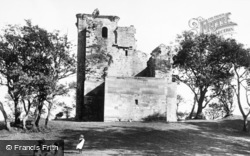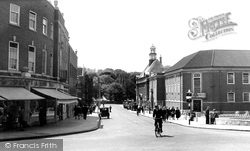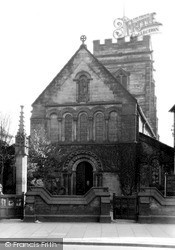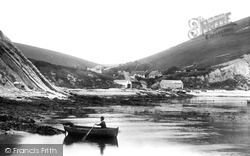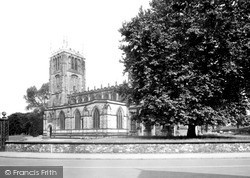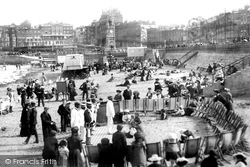Places
Sorry, no places were found that related to your search.
Photos
Sorry, no photos were found that related to your search.
Maps
1,353 maps found.
Books
3 books found. Showing results 1,033 to 3.
Memories
2,048 memories found. Showing results 431 to 440.
My Dad's Childhood
My Dad was a member of the church choir here when he was a child. Gerald Fuller is his name but he left the village around the age of 16. His parents continued to live in Eastry with their other children, Hazel, Brian and Chris. Dad ...Read more
A memory of Eastry in 1959 by
King Street
Between 1959 - 1977 I lived on King Street. My mother fondly described our house as the one behind the iron railings. We sold plants and tomatoes from the good sized garden which backed onto Painters farm. One side was the ...Read more
A memory of Alfreton in 1959 by
Growing Up In Clydach
I was brought up in this small village, lived at 1, St John's Road with my grandparents Frank and Emily Potter. Then, when the prefabs were built in Graig-Felen, my parents and my two sisters moved there. My dad ...Read more
A memory of Clydach in 1959 by
Fond Memories
I was born in Frinton Road, East Ham, in 1946. I went to Brampton Junior and EHGS before emigrating to Australia in 1960. I remember Brampton Park, the Dumps, Galleons Hotel (the prison hulks used to hold convicts until they were ...Read more
A memory of East Ham in 1959 by
Saturday Afternoon Cinema Matinees
As a boy of around 10 years old, every Saturday afternoon, my friends and I would go to the Palace Cinema (Farm Side Place, off Stockport Road) for the matinee. It would start around 2pm and it would be 6D to ...Read more
A memory of Levenshulme in 1959 by
Bank House Yoxford
When I was a child, my great-aunt, Mrs Judith Pheby, lived in Bank House, Yoxford, and was its caretaker. The bank only visited the village once a week, I think, and the rest of the time the bank was closed. The house is on the ...Read more
A memory of Yoxford in 1959
Finding A Friend
As a child I was born in Oldcoates. I used to attend the school house in Oldcoates and always remember my teacher Ms Bridgehams, she is someone I will always remember. We used to have a roaring fire in the classroom with a big fire ...Read more
A memory of Firbeck in 1959
Caversham Boy
I lived in Southview Avenue, schools were Hill Primary and Caversham Secondary Modern . I left in 1959 and went to Reading Art College (Kings Road) and then Reading Process Engraving Co. I attended St John's Church, St John's Road. I ...Read more
A memory of Caversham in 1959
My Happy Memories In Marbury
My dad was Ron Watkin and we lived at 44 West Park (Marbury Park was divided in to a 'West Park' and an 'East Park' - I seem to remember that West Park was regarded as the 'posher' of the two!) . . I remember lots of ...Read more
A memory of Marbury in 1959
Captions
1,059 captions found. Showing results 1,033 to 1,056.
Sir Henry Price and the Fifty Shilling Tailors A branch of the Fifty Shilling Tailors stands on the right of the parade of shops in this photograph.
Although the Gothic style flint and Bath stone cruciform church was completed in 1886, it was not consecrated until 1888 due to strong and often bitter opposition from the rector of Broadwater and
The Infirmary was opened in 1870, funded with the money left by Edmund Harris, and in 1884 a Children's Ward had been opened.
The Harris Orphanage opened in 1888 after £100,000 was set aside by the Trustees of the Harris Estate to build and equip such an establishment.
Kingstown was the Irish terminal of the City of Dublin Steam Packet Co, who successfully operated the mail service between Holyhead and Dublin for several decades.
The charter was signed on 11 October 1440, and he laid the foundation stone on Passion Sunday 1441. Thomas Bekynton celebrated his first mass as Bishop of Bath and Wells on 13 October 1443.
The sands are still crowded but postwar society has brought a marked change to our seaside resorts.
Gloucester has the gravitas befitting a city that has been an important crossing point on the Severn since time long gone, and has played a significant role in the drama of British history for
The shops behind the big lamp in the centre of the road are interesting. Next to the draper's shop on the left is Walmsley's Stationers and Bookshop.
Joseph Cranstone's iron works produced two fire engines, one for the Volunteer Fire Brigade and the other for the Phoenix Assurance Company.
Before the opening of the swimming baths, the townspeople had only the open-air pool in Moor Lane. That was certainly well used, sometimes by as many as 1,000 people.
the Knutsford to Macclesfield road.
They were to be the first triple-expansion twin-screw packets to operate scheduled services in the English Channel.
The people of Weybridge held a meeting in June 1895 to decide on a suitable memorial for Mr Yool, and the first suggestion was to build a technical institute to be named after him.
By the time the railway arrived in Blackpool in 1846, the town was already a resort attracting several thousand visitors a year. Baileys Hotel, later the Metropole, had opened in 1776.
THE MAIN EAST-WEST thoroughfare in Bearsden, one of Glasgow's northern suburbs, is named Roman Road, for it follows the line of a roadway constructed by the Romans in AD 142 along the south side
Other notable changes in town before the Second World War were the straightening of Marlow Hill in 1936, which involved demolishing buildings on the left side of the road south of St Mary's Street
The church contains numerous items of interest; the stained glass windows are particularly fine.
The church contains numerous items of interest; the stained glass windows are particularly fine.
AT LAST he [Troy] reached the summit, and a wide and novel prospect burst upon him with an effect almost like that of the Paci?c on Balboa's gaze.
In the 19th century the church was heavily 'restored and improved in a hearty manner' by Sir George Gilbert Scott, a nationally famous architect, but the building still retains its medieval appearance
Today, it is hard to understand why people would choose to work such long hours in often terrible conditions, but with the national population growing, unskilled factory work seemed to offer the
I wonder what he would have made of the appearance of the submarines captured from the Germans that were towed up Fareham Lake to be broken up during both wars.
By the mid-19th century visitors demanded more in the way of leisure activities and amusement.
Places (0)
Photos (0)
Memories (2048)
Books (3)
Maps (1353)




